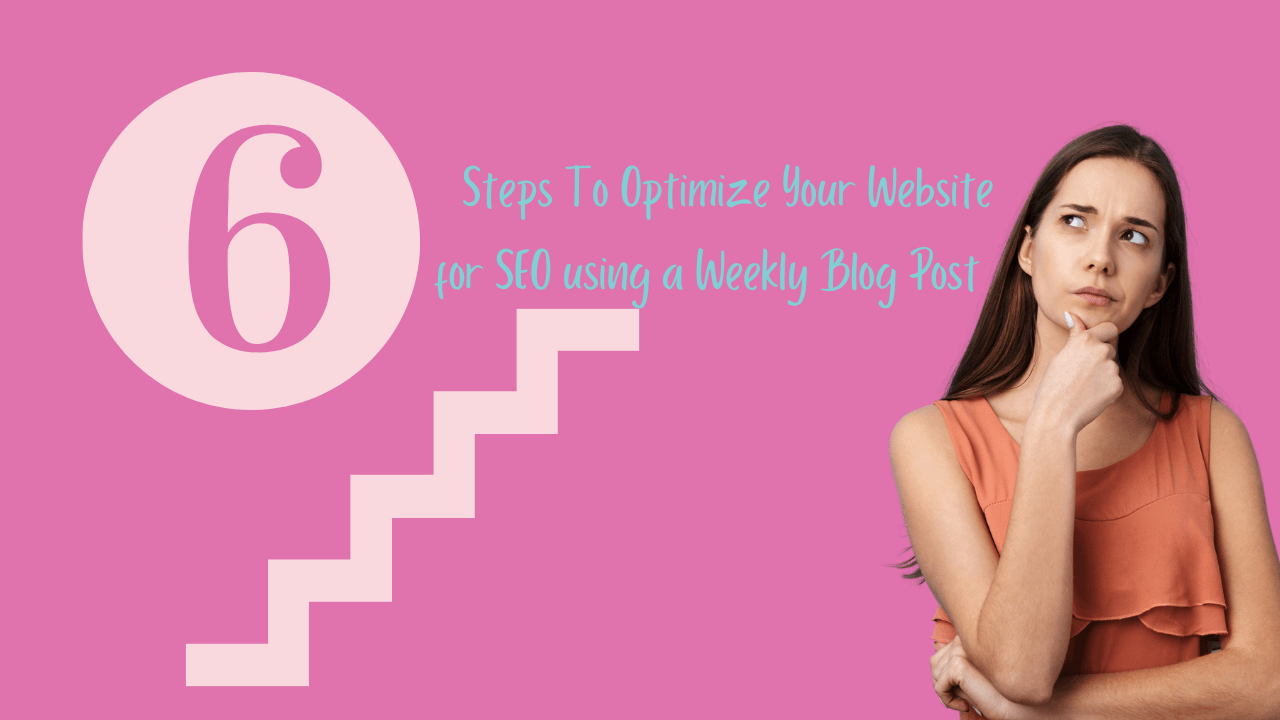
Someone saying the “acronym” SEO makes most business owners simply shut down. We’ve just been burned by it too often. Right when we are starting to feel confident about our online presence WHAM some “techie” comes along and starts telling us how NOW it is time to “optimize our website for search.” or “improve our ranking with better SEO” which sounds like a fantastic idea until the Tech starts explaining how that is done…
She used to lose me around 20 seconds into her SEO explanation when she casually threw out words like “meta tag” or “source code.”
And while I am sure my Techie friend meant well and knows exactly what she is talking about, her computer jargon just stressed me out and did not help me in the least to attract more internet users to my website.
I have since, through much research and trial and error, found a way to break the “SEO” rhetoric down into bite-size understandable chunks and have developed a plan for my team to optimize our website without hiring a fancy website coder.
Before we go any further, it is important to note that there are two broad categories of SEO strategies:
- On-site SEO/On-page SEO are what you do to your website to make it easy for the search engines to find.
- Off-site SEO are things you do off of your website, to drive traffic to your website, outside of advertising.
Blogging, is a form of on-site SEO and in this article I will share
6 Steps To Optimize Your Website for SEO using a Weekly Blog Post
1. Determine the type of blog that would be read-worthy.
Create a blog article that would be found interesting and well written by the people you want to attract to your website. Google likes when “valuable content” is created for its users, so make it a good one! We gave you tips on how to pick your blog topic here on our last blog post.
2. Change the format of the headings in your article.
When optimizing, Google dictates you are to have "H1 and H2 headings" in your blog article. You can also have H4, H5 and so on. These headings are essentially your topics in your blog. So, your blog title would be an H1 heading, the most important, keyword-rich heading.
So for example, maybe your H1 Heading is about Search Engines. Your H2 Headings would be Google, Yahoo, Bing, Etc. Maybe an H3 heading would be “Benefits of Google’”. Headings are how your blog is organized and optimized, it’s set up like a tier!
3. Link to an outside source AND something on your website.
If you are able to include backlinks to other sources, this will help increase your SEO to get you higher on the Search Engine Results Page (SERP). I always add a link to an outside source that relates to the blog topic and to a page on my website as long as it relates.
For this you will highlight the word that you want linked, right-click and paste the direct backlink to that word. I always like to change the formatting to make it a color from my brand guide and to underline it to really draw the attention for my audience to click!
4. Custom URL
When optimizing your blog, you’ll be asked to create a custom URL, if it isn’t already done for you. In this case, I usually just make it the title of my blog that I’m optimizing. So for me, this week would look something like this. www.meredithkallaher.com/6-steps-to-optimize-your-blog-article-for -SEO-without-being-a-computer-nerd.
5. Create a Page Title, Post Title, and Page Description
For SEO purposes, you are usually given a set amount of characters to be between for the page title, blog post title and the page description. The page title is what will show up on the SERP as your page. The title of your blog post is simply what your audience is going to read about. The page description is the snippet you see on the SERP Page, that gives the readers a glimpse of what the page is about, or in this case the blog article.
6. Upload Image
The last step you want to complete is uploading an image, but not too big! . For this I design my own image in Canva that compliments my brand guide and then download the “png” version of the image to my hard drive
Before I upload this photo to my website I shrink the image down to a size that won’t weigh my website down, using this free “ping shrinking” website https://tinypng.com/
I upload the tiny “Png” to my blog, add an alt text for the image and add tags. The alt text and image tags are there to add a backup as to what the article is about and to increase optimization.
The purpose of writing a solid blog article is to provide valuable information to your ideal customers. And optimizing that blog will make your blog article more findable.
And while the 6-steps listed above are not an exhaustive list of “on-page” SEO strategies, if you implement them weekly, you will see definitely see your website traffic grow.
I use Kajabi to create my blog and website. Interested in Kajabi? Try it for free for 14 days and then receive 20% off the annual price with my referral link. Click here.

Meredith Kallaher helps small business owners Expand Their Reach and Explode Their Sales with
Facebook and Instagram Advertising Strategy and Management.
Learn How Meredith Can Help You Build Your Business and Exceed Your Sales Goals. Book a FREE DISCOVERY CALL Today.
I’m Meredith
We create BIG value for business owners by connecting them with their ideal customers and clients using creative, strategic and authentic digital advertisements.